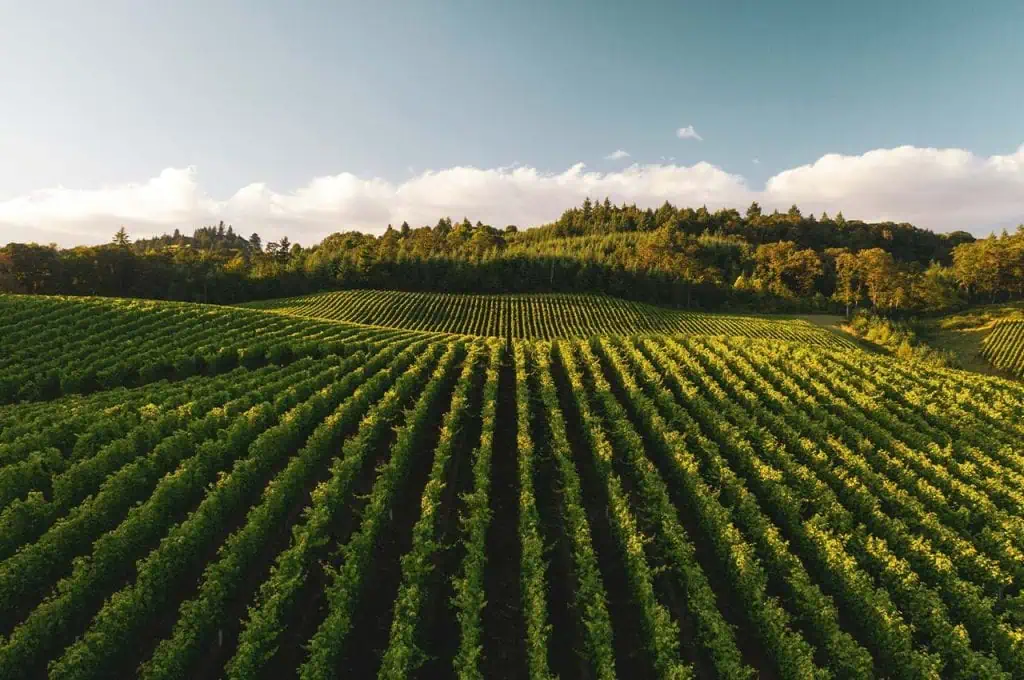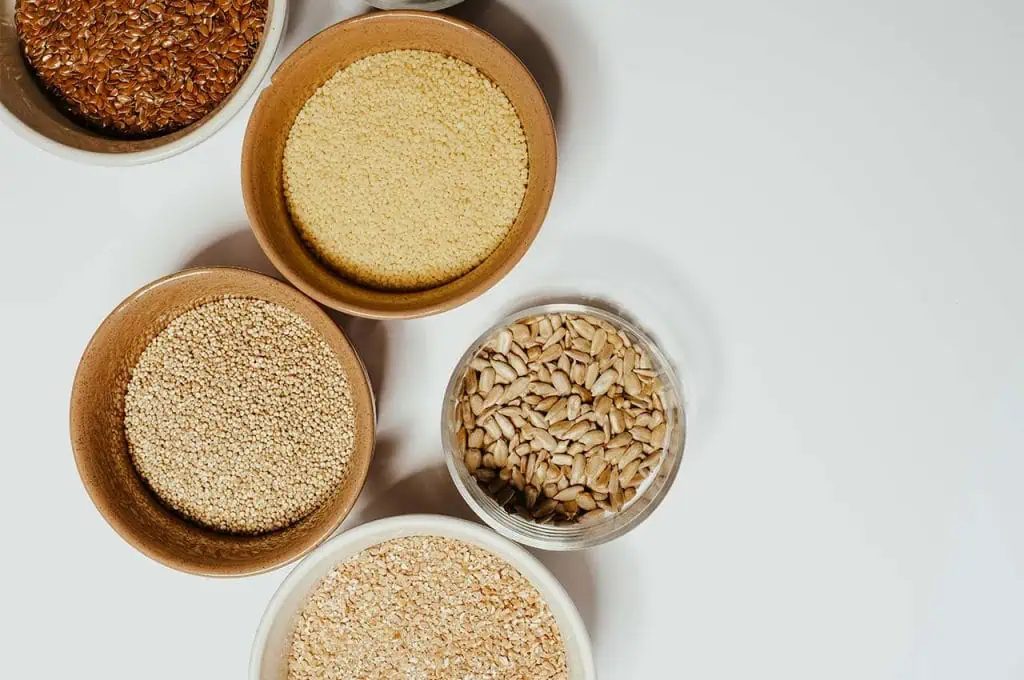Grain Shift: How Farming Innovations Turned Ancient Staples into Global Powerhouses
The practice of agriculture has continually shaped human progress, fueling societies with essential grains that have evolved over millennia. Modern farming innovations have amplified the global impact of these ancient staples, transforming them into versatile powerhouses. This evolution explores how these grains, each with a distinct history, have adapted through technological advancements in agriculture, gaining a prominent place on tables worldwide.
From Wild Grasses to Cultivated Fields

Early humans harnessed the potential of wild grasses, marking the beginning of agriculture. Selective breeding and cultivation techniques improved yield and nutritive value, turning humble plants into reliable food sources. Today, precision agriculture and genetic modification propel these grains further, enhancing resistance to pests and climate change. This transformation from simple grasses to agricultural mainstays underscores the interplay between human innovation and botanical diversity.
Wheat's Journey: Bread as a Global Staple
Wheat, a foundational grain, has traveled from the fertile crescent to menus worldwide, primarily as bread. Originally domesticated around 10,000 years ago, wheat's adaptability to different climates has allowed it to dominate global agriculture. Modern milling techniques and hybrid species have further increased its yield and protein content, ensuring bread remains a fundamental food source. The process from seed to loaf involves a delicate balance of texture and flavor, emblematic of wheat’s global reach.
Rice: Feeding Empires and Shaping Cultures
Rice, cultivated for over 9,000 years, is a cornerstone for cuisines across Asia and beyond. This grain thrives in diverse conditions, from high-altitude terraces to expansive paddies. Modern hydroponic techniques and water management practices have improved sustainability and yield. The grain's versatility shines through in dishes like risotto and sushi, demonstrating its capacity to absorb flavors while maintaining its essential, comforting texture. Rice's journey parallels the cultural expansion it continues to support.
Corn's Global Voyage from Mesoamerica
Corn, or maize, originated in Mesoamerica and is now a critical ingredient worldwide. It's a testament to agricultural adaptation; from staple food to biofuel and industrial products. Innovations like cross-breeding and genetic modifications have increased its nutritional profile and adaptability. Corn’s role in diverse dishes, such as tamales or polenta, highlights its versatility. It acts as a bridge between tradition and modern culinary innovation, showing how grains adapt to diverse culinary landscapes.
Industrial Farming: Mechanization & Surplus
Mechanization has transformed grain farming by introducing machines that streamline planting, harvesting, and processing. Tractors, combines, and other equipment increase efficiency, allowing for larger fields and higher yields. This surplus stabilizes food supply, reducing costs and supporting global trade. Advanced technologies ensure precision in seed planting and irrigation, optimizing growth conditions. As a result, farmers can produce consistent quality at scale, meeting the demands of an ever-growing population.
Trade Routes: Grain Economies Expand
Trade routes have been pivotal in transforming grain into a global commodity, facilitating the movement from local markets to worldwide economies. With improved transportation like railroads and shipping networks, grains such as wheat, rice, and corn reach distant regions, driving economic growth. These routes support not only the flow of goods but cultural exchanges, altering culinary traditions worldwide. As a commodity, grain underpins economic stability in many countries, fostering international trade relationships.
Processed Grains: Flour to Breakfast Cereals
The transformation of grains into processed forms like flour and cereals has revolutionized home consumption. Milling grains into flour extends their shelf life and versatility, making baking accessible. Breakfast cereals, developed in the 19th century, offered a quick alternative to traditional meals, focusing on convenience without sacrificing nutritional value. This innovation has led to varied diets, with enriched and fortified products addressing nutritional deficiencies. Each step in processing aims to enhance flavors and textures, ensuring wide appeal.
Environmental Cost of Grain Production
Grain production, while essential, imposes significant environmental costs, including water usage, pesticide application, and soil degradation. Large-scale farming impacts biodiversity and contributes to greenhouse gas emissions, prompting a reevaluation of sustainable practices. Crop rotation, organic farming, and agroforestry emerge as viable methods to mitigate these effects. Balancing productivity with environmental stewardship is crucial, ensuring that grain farming supports both human and planetary health. Future innovations must align with environmental priorities.
Grains and Globalization: Beyond Food

Beyond nourishment, grains play a critical role in globalization through their influence on industries like biofuels and packaging. Corn, for instance, serves as a foundation for ethanol production, while others contribute to bioplastics. These applications exemplify grains' adaptability and economic importance beyond food. They reflect innovation aimed at resource efficiency and sustainability. Understanding grains' varied uses highlights their value in addressing global challenges and underscores the ongoing evolution of agricultural commodities.
The Future: Ancient Varieties & Sustainability
Ancient grains like quinoa, spelt, and farro are stepping back into the spotlight, hailed for their nutritional density and robust flavors. As we shift towards sustainable agriculture, these grains represent a vital link. They thrive in diverse climates, requiring fewer inputs than conventional crops, which minimizes environmental impact. Incorporating these grains into modern dishes not only enriches meals but also supports biodiversity. For the home cook, exploring ancient grains offers a path to healthier, flavorful cuisine while promoting agricultural sustainability. Experiment with these grains to diversify your menu, contributing to a more resilient food future.
